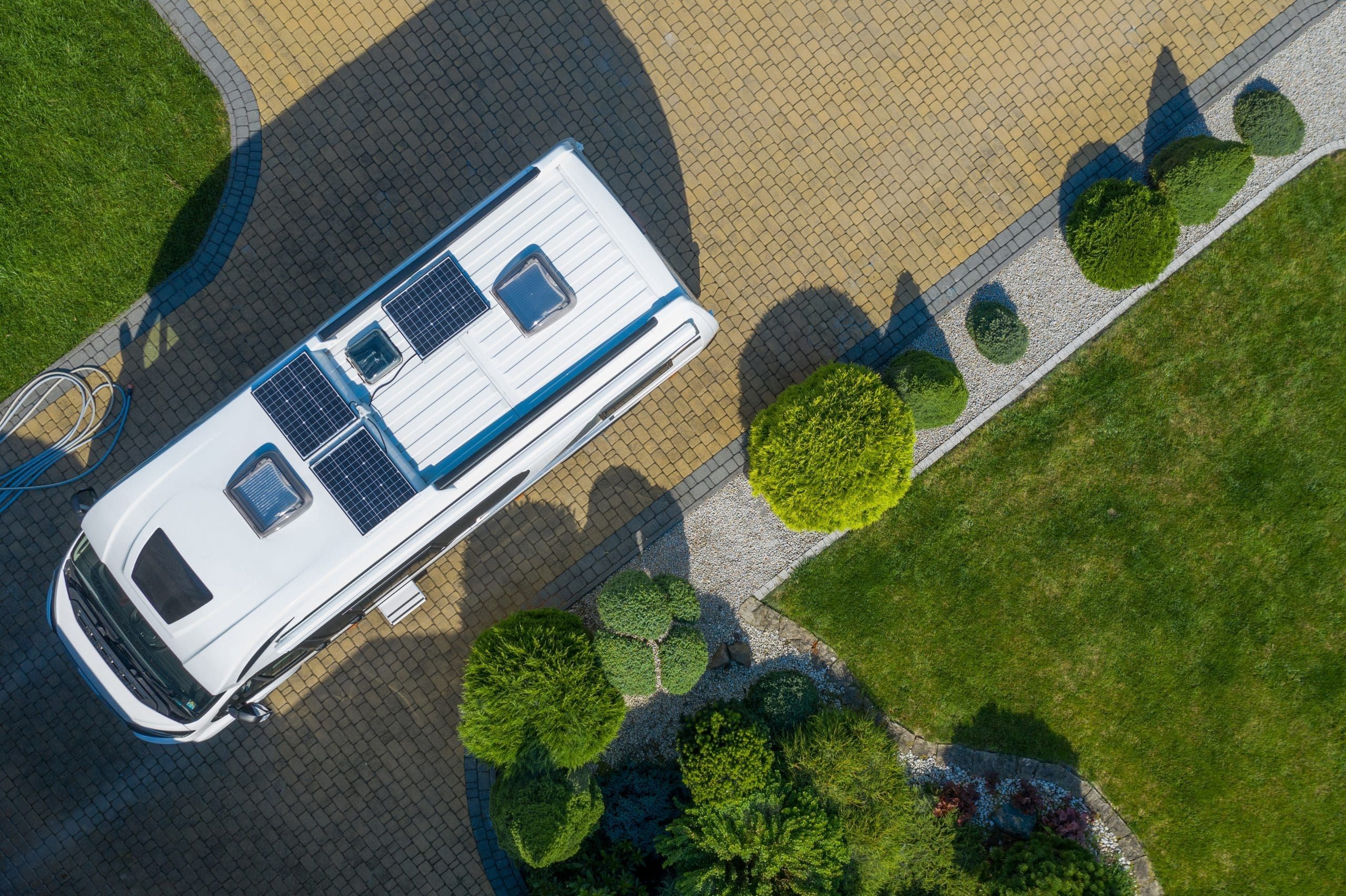
E-Bikes: A Boomer’s Guide
What’s all the fuss about E Bikes? You see them everywhere, even in high end bike shops that sell ultra-sophisticated feather-light road racers that can cost $10,000 and up.
If you’re already an Rver, well…
Ready to explore? Where you begin is really based on what you’re looking for?
I started as a technician in the RV Industry. In Alberta in 1985 “Recreational Vehicle Mechanic” became a compulsory certification trade. I was the 35th to be certified in Alberta as a RV Mechanic. Today we are referred to as RV Technician. Over the years I have seen many changes in the RV power system.
In this post I will cover the power system of a towable RV’s. Motorized RV’s have some similarities but typically are more complicated having a chassis and coach systems. Motorized products are a separate discussion.
A towable RV has a low voltage system and a high voltage system. The low voltage 12-volt powers lights, water pump, stereo, furnace fan, and fridge controls. High voltage 120-volt system powers the 120-volt plugs, microwave, air conditioner and entertainment center.
In the 70’s up until the mid 1990’s the low voltage system used a power converter that powered the low voltage system when an RV was plugged into shore power (120-volt). Power converter is a transformer that converts 120-volt to 12-volt. When you unplugged from 120-Volt a relay would switch the system to the 12-Volt battery. That battery was charged by a separate 12-Volt charger often build into the power center.
In the mid 90’s manufacturers changed to a 12-Volt charger and eliminated the power converter as it was redundant (this also eliminated the pesky relay). Today’s RV’s come with a 12-Volt charger built in the power center but more often a stand-alone charger mounted behind the power center. This gets a little confusing as often people refer to the converter in their unit when technically it is a charger. The advantage to the charger is it is simpler but more importantly has a higher output to charge the 12-Volt battery.
If you are always plugged into 120-volt then the factory charge system works great. It is important that a 12-Volt battery is on the unit even plugged into 120-volt as the battery will keep the charger performing properly.
The biggest change in RV power systems is for those who aren’t always plugged into 120-Volt. Some of the best RVing sites are those without power. This is where the inverter is used. The inverter turns 12-volt DC into 120-volt AC. The opposite of the old converter. The inverter is used to power 120-volt items like entertainment system. We have inverters that can power an entire unit or just 1 circuit of a unit. We are seeing more units with inverters from the factory as the latest generation of inverters can be hard wired into a coach. Many of these inverters have transfer switches that turn them on when the RV is disconnected from 120-volt or turn the inverter off when 120-volt is plugged in. The downside to an inverter is they discharge batteries quickly. In future posts we will cover batteries and solar that should be part of a complete power system.
The best set up is an Inverter/charger. This is a system that replaces the factory charger with a system that both charges and inverts. The biggest advantage is the charger is far more capable than the factory charger. The modern inverter/charger is programable to the type and size of the batteries the RV is using. We program the number of batteries and the type – flooded wet cell, AGM, lithium. Different types of batteries respond better to different charge patterns.
Testing we have done on the inverter/charger systems we have installed show a great benefit when using a generator. A generator produces 120-volt why would you use it with an inverter/charger? The inverter/charger greatly reduces the amount of time a generator needs to run to charge the batteries. It enables the entertainment system and other feature to be used without running the generator. In National parks “quiet hours” limit the hours you can run a generator.
In testing with a standard flooded wet cell battery bank, we were able to get over 4 times more current to the batteries with a generator than the factory charging system using the same generator. A large part of this is the proper installation of an inverter/charger system. We install an inverter/charger as close as possible to the battery bank with much heavier cable. The factory charger is normally located close to the power distribution center often 20 feet away and with very thin wire. The factory doesn’t know how the RV will be used. The factory system is adequate for most, especially if they are plugged into 120-Volt all the time.
The charger/inverter is just part of the RV power system. Solar panels, batteries, and generators work in cooperation with the charger/inverter to compete the package. There are so many exciting choices! We would be proud to build a system for your RV.

What’s all the fuss about E Bikes? You see them everywhere, even in high end bike shops that sell ultra-sophisticated feather-light road racers that can cost $10,000 and up.

Fortunately, there are upgrades you can do to your ageing travel trailer or motorised RV that don’t cost an arm and a leg and can significantly enhance your comfort and convenience on the road.

Thankfully, Canada is also home to some hidden gems. Magical destinations that lie beyond the well-trodden paths of their more famous neighbours. Let us introduce some of them to you.

How to shop for a used RV. How to shop for a pre-owned RV.

As a first date, so to speak, you might want to consider renting a vehicle to see if that flutter of infatuation has the potential to bloom into an enduring passion that prompts you to make that long term financial commitment of a purchase.
Monday | 9:00 AM – 5:00 PM |
Tuesday | 9:00 AM – 5:00 PM |
Wednesday | 9:00 AM – 5:00 PM |
Thursday | 9:00 AM – 5:00 PM |
Friday | 9:00 AM – 5:00 PM |
Saturday | 9:00 AM – 5:00 PM |
Sunday & Holidays | CLOSED |
We have updated our privacy commitment and are now collecting cookies to provide you with ads tailored to your interest across the internet. For more information about cookies and how to disable cookies, visit our privacy commitment. Learn more